
When it comes to affordable, easy ways to start the fat loss process, there is not much you can do that beats walking. It is simple, no equipment is required, it is low-impact, and it is easy to do almost anytime, anywhere. Below are 20 tips to make your walking routine as great and beneficial as possible.
Set Realistic Goals
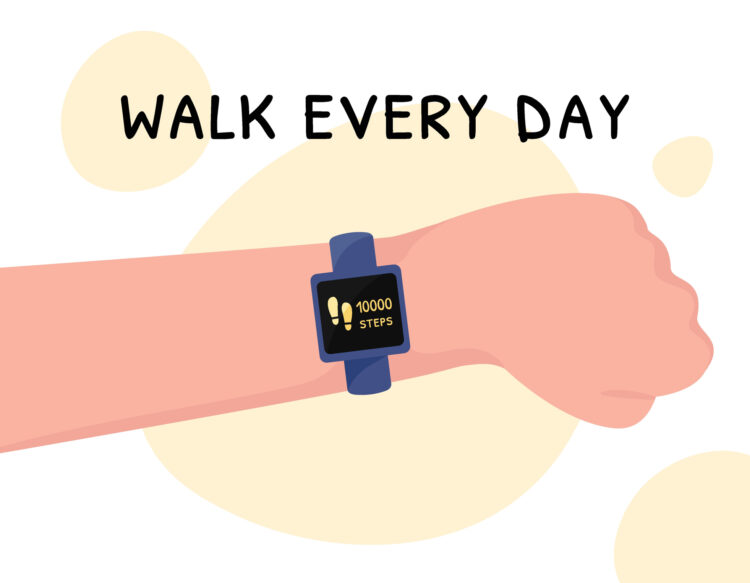
Start small. Instead of trying to walk for extended periods right away, consider covering as much distance as 30 minutes a day, five days a week. Each week, gradually increase the time or distance. This strategy keeps you motivated and prevents you from becoming too fatigued. Consider starting with small, weekly goals and celebrating when you achieve them.
Track Your Steps
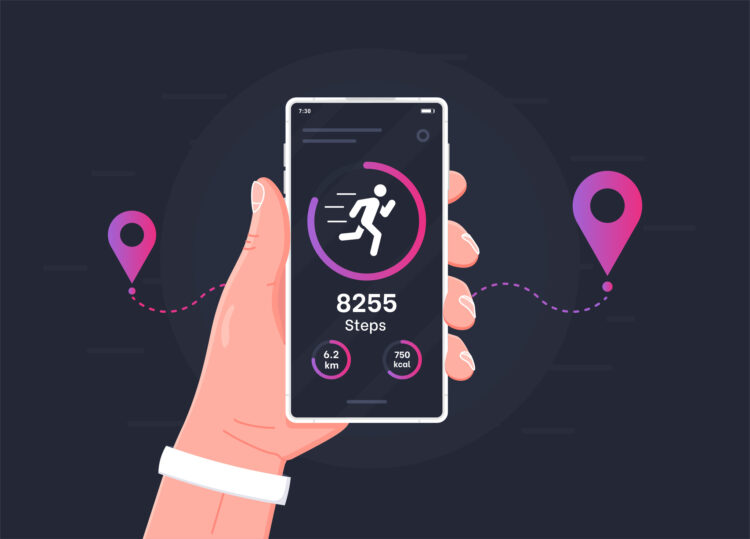
Buy a good pedometer or download a suitable app on your smartphone. Ten thousand steps per day is the optimal level for calorie burning, and it is almost universally considered the criterion of a physically active life. By accurately measuring each step, you can encourage yourself to cover a little more distance every day.
Change Your Routes
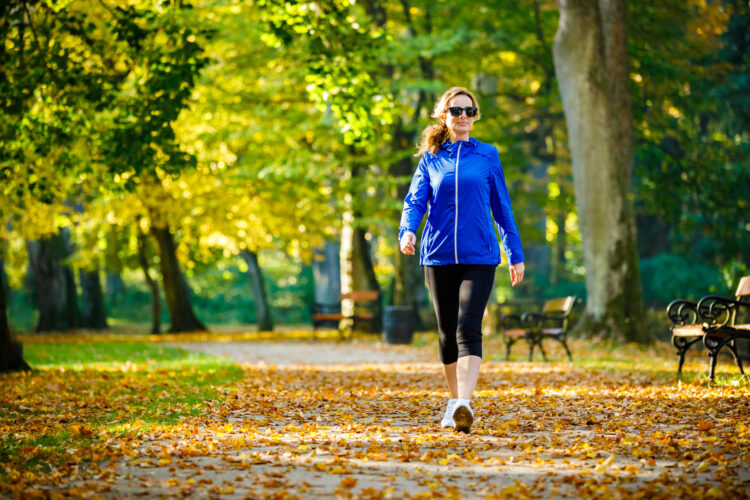
Walking the same route every day can get boring. Mix it up! Try out different neighborhoods, parks, or trails, and keep your walks varied. A new scenery will not only keep your interest alive but may also encourage you with its diverse terrains and inclines. Additionally, changing your route will help you explore new places in your neighborhood.
Use the Right Gear

Do not underestimate the importance of comfortable walking shoes. Make sure that you wear a pair that provides plenty of support and padding. Wearing comfortable footwear will help you relieve your foot discomfort and avoid developing injuries. Also, make sure that you do not overdress or underdress for the weather so you will be comfortable during your entire walk.
Interval Walking
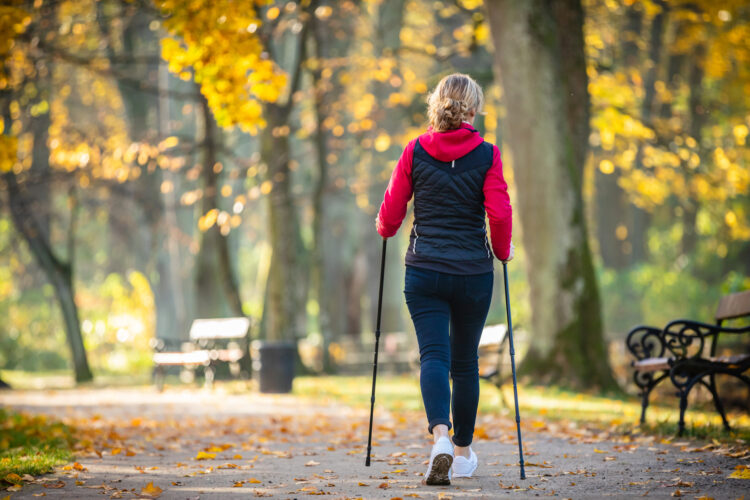
If you want to increase your caloric burn, you can try interval walking. Interval walking implies that you should walk faster for a few minutes and slow down for the next couple of minutes. This type of walking will stimulate relatively quick caloric and fat burn while increasing your endurance over time.
Walk After Meals

Going for a short walk after meals, and especially after dinner, helps digestion. A 15 to 20-minute walk can also regulate your blood sugar levels and increase your metabolism, which aids in burning more calories throughout the day. This not only helps in weight loss but also helps you sleep well at night.
Use Your Arms
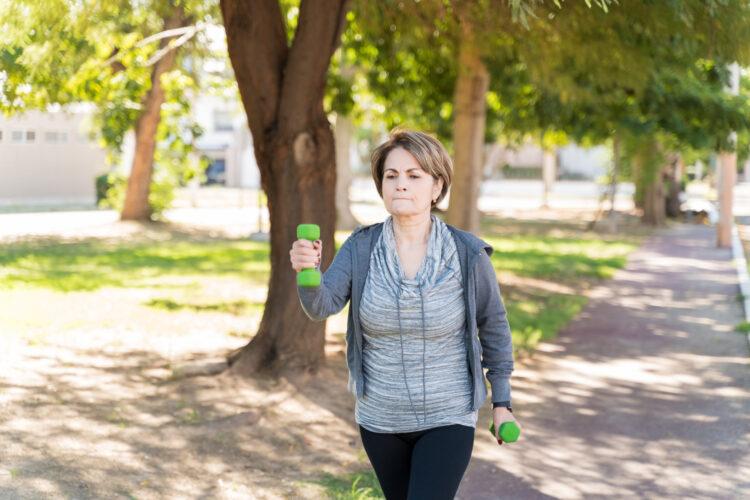
While walking, actively swing your arms. This simple action adds intensity to your walk, involving more muscles and, as a result, burning more calories. Keep your arms slightly bent and swing them in a natural motion that is in sync with your walk. This will also contribute to upper-body workout and improve your overall fitness.
Find a Walking Buddy
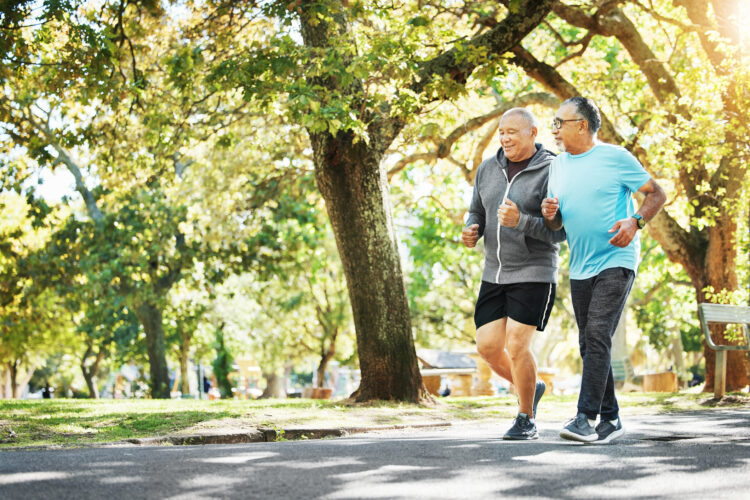
Walking with a friend not only makes the time pass quicker but also keeps you accountable. You are less likely to skip your walking session when someone else is counting on you. Having someone to talk to as you walk can turn an exercise session into a social outing.
Listen to Something Motivating

It can be your favorite music, podcast or an audiobook. Listening to something you enjoy will make your walk more enjoyable and will motivate you to extend the time. Just make sure you are aware of your surroundings, especially if you walk in the area with heavy traffic.
Use Technology to Your Advantage
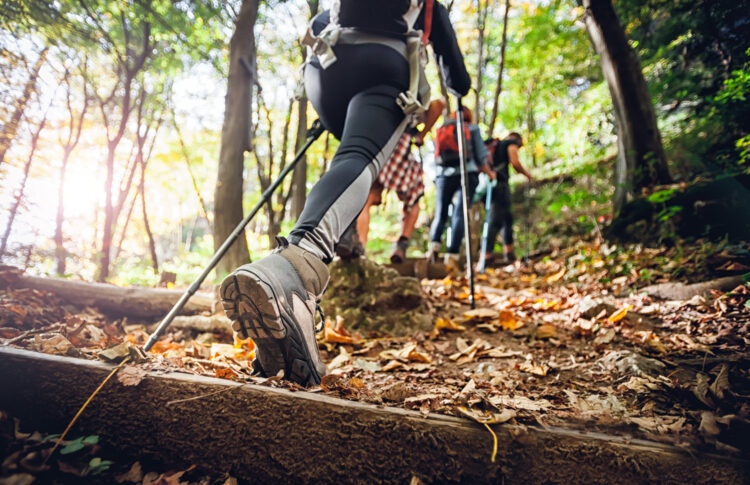
Use an application or gadget to plan your routes, set goals, or gamify your walking experience. For instance, you can download MapMyWalk or Strava and try to explore new walking paths, as well as see your progress and calories burned. Thanks to these applications, you can also see the data that may provide additional motivation and help you get better with time.
Go For Hill Walks

If you want to make your workout harder, add hill walking to your routine. The inclines work your muscles harder and increase your heart rate, resulting in more calorie burn. Start with gentle slopes and gradually work up to steeper hills as your fitness improves. Hill-walking can also help build leg strength and endurance.
Opt for Morning Walks
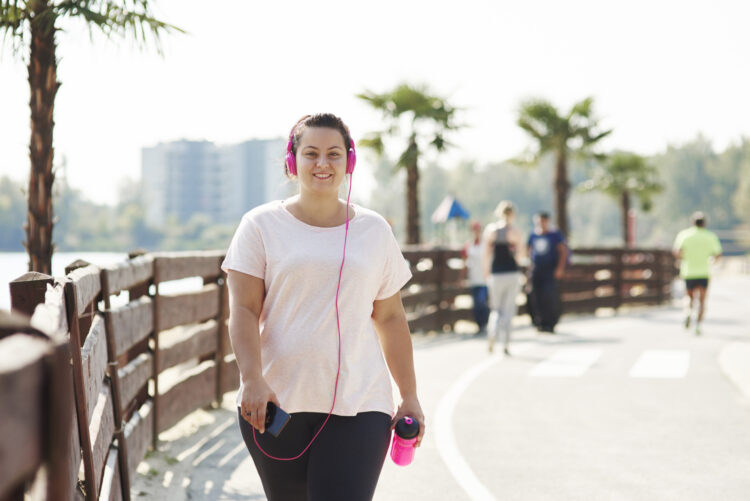
Walking in the morning can also jumpstart your metabolism. Early morning walks are a fantastic way to wake up your body and mind and set a positive tone for the day. Plus, you will have completed your exercise before other daily activities can get in the way.
Join Walking Groups

Check out walking groups or clubs in your area. These groups often have regular walks, and this can give your walk a habit and social side. It is also a great way to meet new people with similar fitness interests. You may feel safer than walking alone, particularly in the very early morning or late night.
Focus on Posture
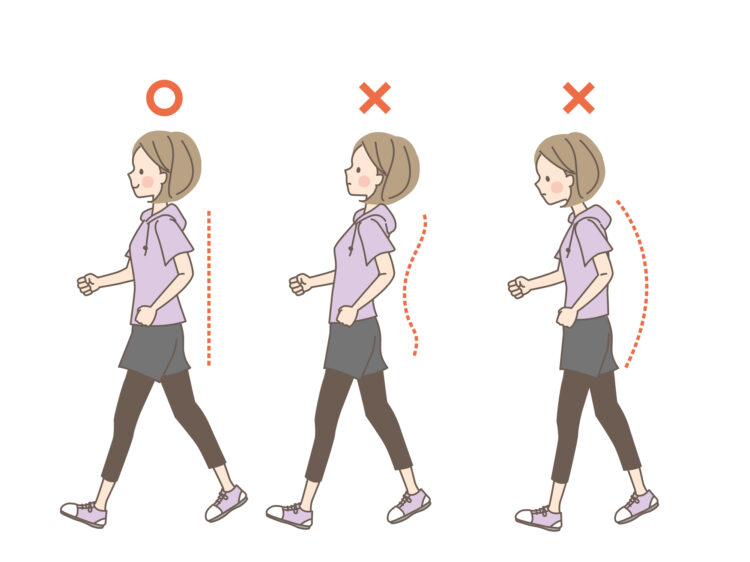
Keep your posture in check during your walks. Stand tall, keep your head up and back straight, and tighten your abdominal muscles. Proper posture helps prevent pain and injuries, making your walks more effective and enjoyable. Good posture can also enhance your breathing capacity, allowing you to walk longer and more comfortably.
Reward Yourself

Set your walking goals and gift yourself when you reach them. Whether it is a new pair of walking shoes after reaching 500,000 steps or a relaxing spa day after a month of consistent walking, these small rewards can boost your motivation and help maintain the excitement to continue walking.
Plan Walks During Breaks

Use your breaks at work or intervals during the day to add extra steps. Even a quick 5 to 10-minute walk during a lunch break or between tasks can add to your daily step count, helping you stay active and clear your mind. Short walks are also a great way to reduce eye strain and mental blockage.
Make Walking a Family Activity

Ask your family to join you in your walking routine. Plan evening or weekend walks with your spouse, kids, or even the family dog. This not only provides quality family time but also encourages healthy habits in everyone involved. This also helps everyone burn calories together and can become a cherished part of your family’s routine.
Carry Some Weight
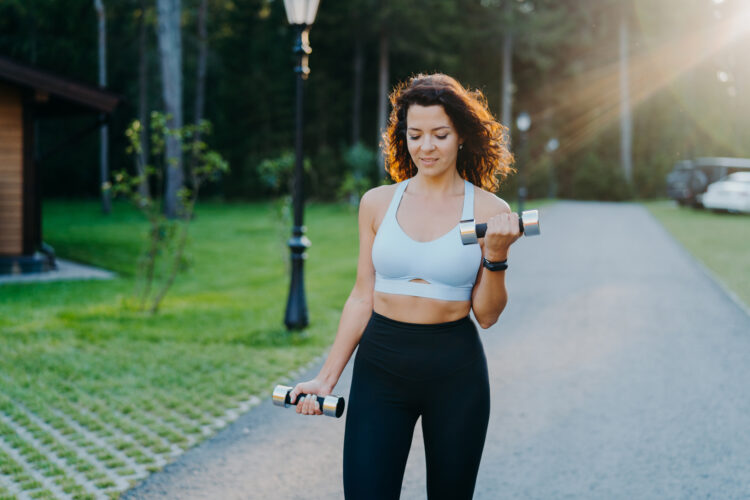
For a more challenging walk, consider wearing a weighted vest or carrying light hand weights. This increases the resistance, making your body work harder and burn more calories. Just be cautious with the added weight to avoid straining your joints. Start with a lightweight to ensure comfort and gradually increase with time.
Sign Up for Charity Walks
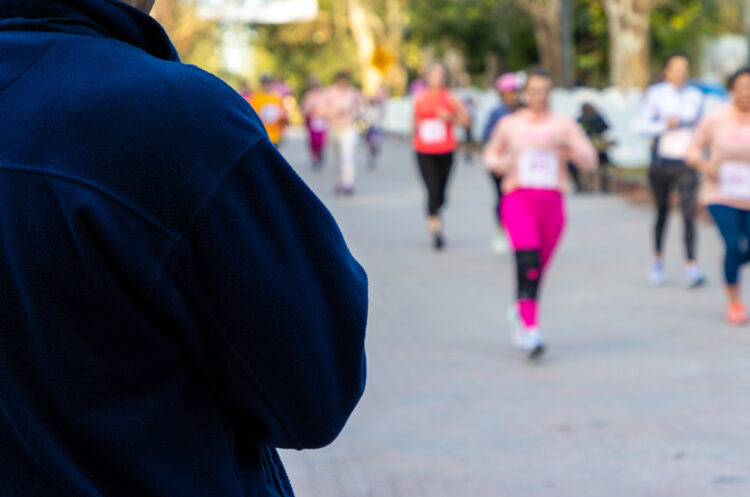
Participate in organized walks that support good causes. Charity walks can be motivating, as they give your walking a purpose beyond just losing weight. They often cover different distances, providing goals to work towards in your training. These events often provide a communal atmosphere that makes walking more enjoyable and less like a workout.
Stay Hydrated

Stay hydrated before, during, and after your walks, especially on warmer days. Proper hydration is important for maintaining energy levels and overall health, ensuring you get the most out of your walking sessions. Carrying a water bottle during long walks ensures you can hydrate immediately when you feel thirsty, keeping dehydration in the process.

Comments
Loading…